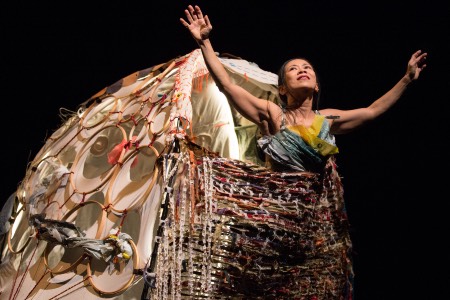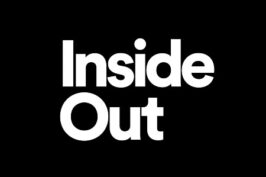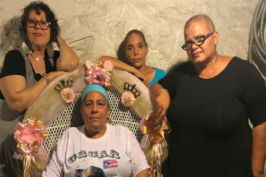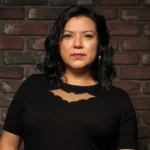tiger princess dance projects presents the world premiere of one of their new works Wéi (成为).
tiger princess dance projects creates works that reflect the Artistic Director Yvonne Ng’s unique heritage, perspective and artistic values, and performs these works in Canada and abroad. On this note, I wanted to learn more from Yvonne and her work, who agreed to take part in my 5 Questions With… series.
HM: Thanks for answering a few questions, Yvonne. Do you mind offering a brief introduction about yourself and your dance career trajectory?
Yvonne Ng (YN): Like many teenagers from Southeast Asia, I came to a western country to get a university degree. Straight out of York University, I got a job with the Danny Grossman Dance Company. A couple of years later, I was fortunate to get a lot of work as an independent dancer and worked that way for about a decade. In the late 1990s, I decided to start my own company and began commissioning choreographers to create works for me and then later for groups of dancers I assembled. I didn’t really start choreographing until 2010.
HM: You describe yourself as “a Peranakan Chinese woman, a free spirit who grew up in Singapore,” who now lives in Canada. Could you share how your experiences and identity had an impact on the creation of this dance piece?
YN: I think at this particular point in time, Canadians, in general, are very focused on understanding and talking about personal narratives. Part of how I see my role as an artist is to maintain a curiosity and explore the questions about who I am, who we are as individuals, and what drives us to make decisions and create relationships and affiliations.
HM: I understand that in Wéi (成为) you want to address questions/themes about identity and how identity is formed. May I ask how music and dance are used as conduits to explore these questions/themes?
YN: These questions are so profound and nuanced that spoken or written language is inadequate. I feel the only way to describe these textured and layered issues is through abstract expressions such as music and dance. That is because the answers to these deep questions differ for each person. I hope that in experiencing this work, audience members gain personal insight and start to uncover their own answers about identity and how identity is formed.
HM: I’m curious about collaborating with your dancers on bringing the choreography to life, so to speak?
YN: This is a really great question. A maxim of literature is that there are four types of conflict man vs. self, vs. man, vs. community, vs. nature. All of these are devices to explore and understand the self. In this work, the dancers explore who they are in the reflections of themselves through each other.
HM: What are some of the discussions you hope audience can engage in after experiencing Wéi (成为)?
YN: I find it terrifically rewarding and eye-opening to hear how a performance has affected audience members and how they have interpreted the work. There are absolutely no correct answers in these discussions and experiences. Contemporary dance is an abstract medium, and I love hearing what the work brings up or conjures up out of people’s history and imagination. I think the goal of many artists is simply to make people feel.
Wéi (成为) is currently onstage at Native Earth’s Aki Studio (Daniels Spectrum) until July 31. For tickets and performance times, go to nativeearth.ca/akistudio/wei.
Main photo of Yvonne Ng in Search of the Holy Chop Suey by Cylla von Tiedemann.








